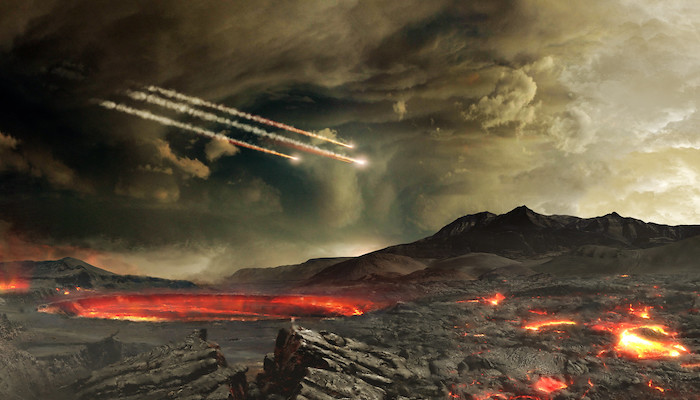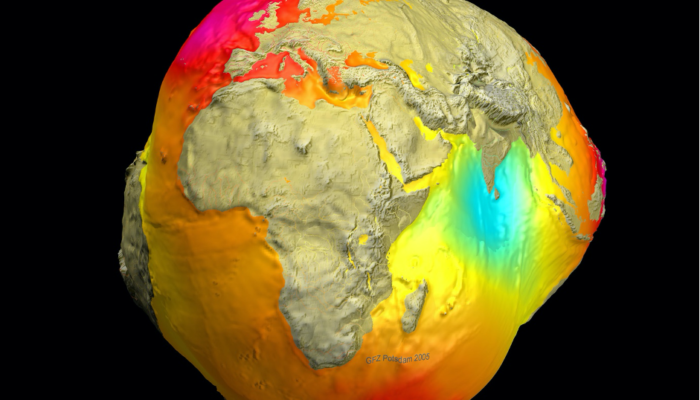Geodynamists usually do at least a bit of programming, but in many cases a lot of programming, although that might just be my academic bubble. Most of that programming is done in programming languages that have been around at least since the 80’s (Fortran, C and C++) or early 90’s (Python). These programming languages have of course evolved considerably over time, but new languages keep popping up ...[Read More]
Finding stillness in chaos: The emergence of stable cratons in a hectic young Earth

Today we know the Earth as a tectonically busy planet, shaped by mantle convection and plate tectonics. But this is nothing compared to the earlier phases of planetary evolution. This week, Fabio Capitanio (ARC Future Fellow and Associate Professor at the School of Earth, Atmosphere and Environment at Monash University, Australia) takes us on a modelling tour back to a time when the Earth’s tecton ...[Read More]
Modelling the deformation in the Indian plate and the India-Eurasia collision zone
A complete fluid dynamical approach of modeling the Earth’s deformation can not provide a complete picture due to presence of rigid lithospheric plates. In this week’s news and views, Srishti Singh, scientist at National Geophysical Research Institute, India, explains how coupled models of lithosphere dynamics and mantle convection are developed. The ongoing collision of the Indian plate wi ...[Read More]
The Indian Ocean Geoid Low at a plume-slab overpass
In this week’s News & Views, Postdoc Elodie Kendall from GFZ Potsdam shares with us recent work on the mantle structures that could explain the Indian Ocean Geoid Low. What is the geoid, what does it look like and what can it tell us about mantle structure? The geoid is a model of the shape of the oceans’ surface if only gravity and Earth’s rotation act ...[Read More]



